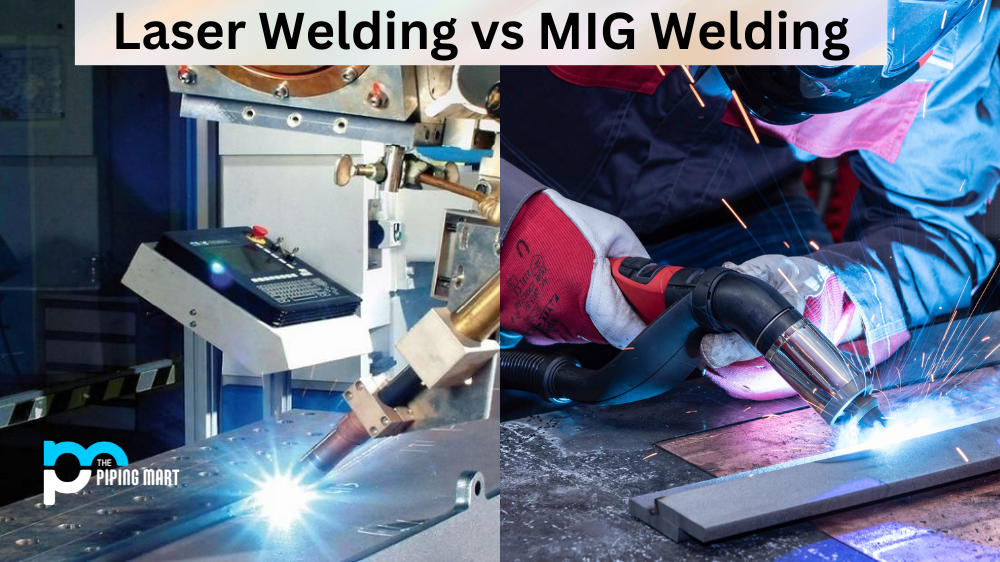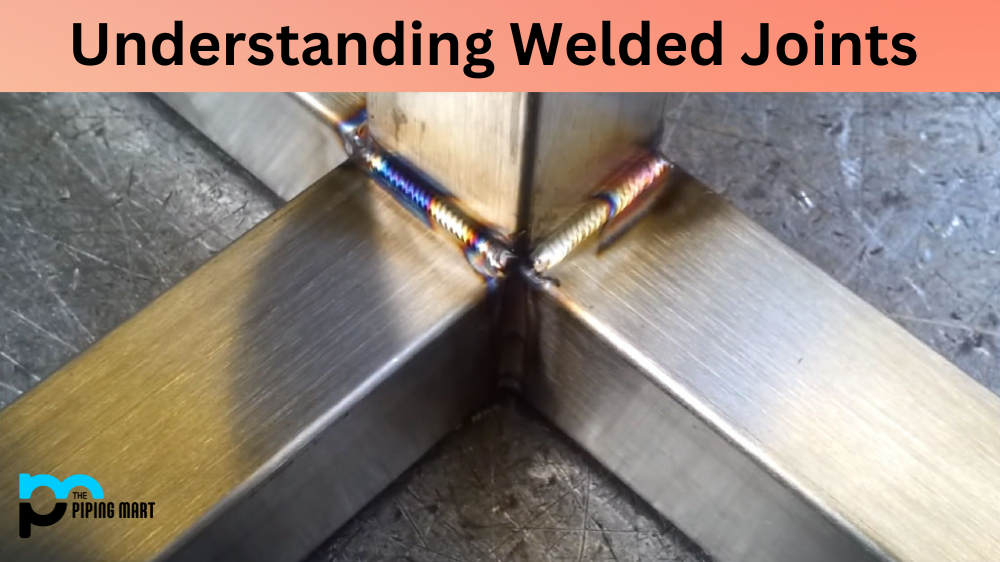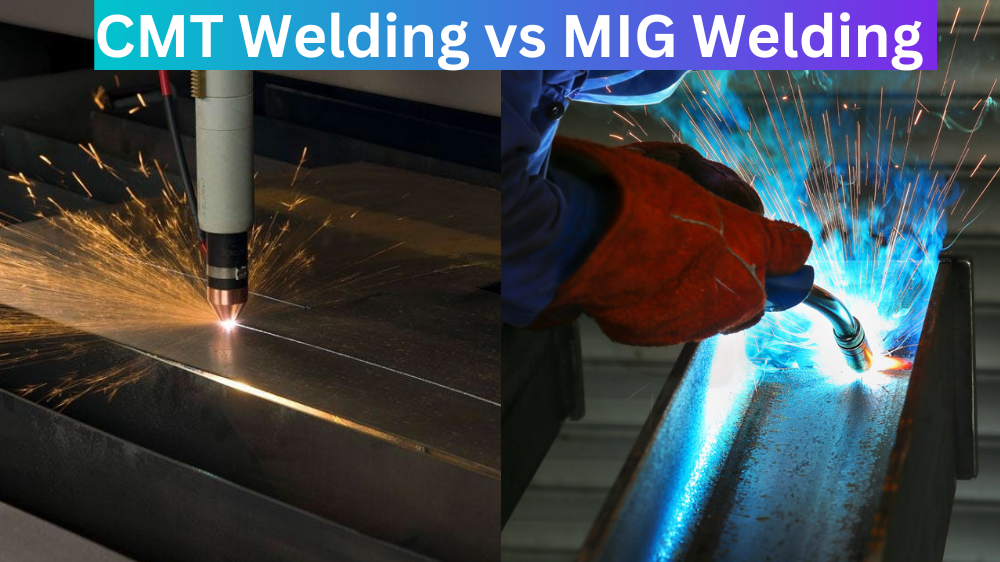Understanding the differences between laser welding and MIG welding can be a challenge for even experienced welders. But it’s important to know which type of welding is best suited for different applications, as the wrong welding method can result in costly errors or dangerous mistakes. In this blog post, we’ll take a look at the pros and cons of laser welding vs MIG welding so you can make an informed decision when it comes to your next project.
Laser Welding
Laser welding is a type of welding that uses a laser to heat the material being joined. Laser welding is often used for joining thin pieces of metal together, as it can create very strong and precise welds. Additionally, laser welding can be used to weld delicate materials that would be damaged by the heat of other welding methods.
Mig Welding
Mig welding, also known as gas metal arc welding, is a type of welding that uses an electric arc to heat the material being joined. Mig welding is often used for thicker pieces of metal, as it can create very strong welds. Additionally, mig welding is a relatively fast welding method, which makes it ideal for production work.
Difference Between Laser Welding and Mig Welding
The main difference between laser welding and MIG welding is that laser welding uses a focused beam of light to create heat and pressure to melt metal together, while MIG (Metal Inert Gas) welding uses electrical current to create heat, which melts the base metals together. Let’s take a closer look at the advantages and disadvantages of each type of welding process.
Advantage of Laser Welding:
Laser welding creates very precise welds that are highly repeatable due to its precision, accuracy and repeatability capabilities, making it preferable for applications with very tight tolerances or intricate parts that require exact weld placement. Additionally, laser beams generate less heat than other types of welders, resulting in less distortion to the material being welded. This means that there are fewer chances for errors during production since the risk of warping is reduced significantly.
Some of the advantages of laser welding include the ability to create very strong and precise welds, the ability to weld delicate materials, and the fact that it is a relatively fast welding method. However, laser welding can be expensive, as it requires special equipment. Additionally, laser welds can be weaker than mig welds if they are not performed correctly.
Disadvantage of Laser Welding:
Unfortunately, laser welding is more expensive than other types of welders due to its specialized equipment cost and the need for highly trained operators. Additionally, laser welders tend not to work well on thicker materials due to their narrow beam widths, which limits their ability to penetrate thicker materials effectively.
Advantages of MIG Welding:
MIG welders are relatively easy to set up compared to other types of welders due to their simplified design, which makes them ideal for production environments where speed is critical. Furthermore, they have adjustable settings so you can easily adjust your power output depending on what type of material you’re working with or what size pieces you’re trying to join together. As an added bonus, they don’t require additional gas tanks as some other types do – just an inert gas supply line hooked up directly from the welder itself! Disadvantage of MIG Welding: On the flip side, one major disadvantage with MIG welders is that they tend not to be as precise as other types, such as Tungsten Inert Gas (TIG) or Plasma arc welders, since they rely on hand-eye coordination rather than electronics or automation for accuracy purposes – meaning there’s more room for human error during operation if proper technique isn’t used correctly every time! Additionally, they produce more spatter than other types, too, which will require additional cleanup after each job is done – all factors that should be considered before choosing a welder for your needs!
Which Type of Welding Is Right for You?
The type of welding that is right for you will depend on your specific needs and applications. If you need to create very strong and precise welds, then laser welding may be the best option for you. However, if you need to weld thicker pieces of metal or you are working on a production line, then mig welding may be the better option.
How to Choose the Right Welder
When choosing a welder, you should consider factors such as the types of materials you will be working with, the thickness of the materials, your budget, and your level of experience. If you are unsure which type of welder is right for you, then you may want to consult with a professional before making your purchase.
Conclusion:
While both processes have their advantages and disadvantages depending upon your application needs and budget restrictions, it’s important to understand when each process would be most beneficial so you can make an informed decision when deciding on which type of welder would best suit your project requirements! Whether you choose laser or mig welding – either way, you’ll be able to get quality results if done properly by experienced personnel who know how to use these tools correctly! Thanks for reading!

Pipingmart is a B2B portal that specializes in metal, industrial and piping items. Additionally, we share the latest information and information about materials, products and various types of grades to assist businesses that are involved in this business.




